OPENROAD Winch Accessories Instructions
This blog post will explore three essential winch accessories: the tree strap, winch rope, and soft shackle. Each accessory plays a crucial role in maximizing the efficiency and safety of your winching operations. We will discuss their respective usage methods, primary application scenarios, and maintenance tips.
Usage Method:
Identify a sturdy anchor point, such as a tree or large fixed object.
Open the looped end of the Tree Saver Strap and position it around the anchor point.
Pass the loose end of the strap through the loop and pull it tightly to secure the strap around the anchor.
Attach the hook or D-ring of the winch line to the looped end of the tree strap.
Ensure a tight and secure connection before engaging the winch.
Primary Application:
The Tree Saver Strap serves as a reliable anchor point when a suitable fixed object, like a tree, is available. It prevents damage to the tree bark and minimizes the risk of slippage during winching operations. Ideal for off-road recovery, vehicle towing, and general winching tasks.
Maintenance:
Inspect the tree strap for signs of wear, such as fraying or tears, before each use.
Clean the strap with mild soap and water after heavy use or when it becomes dirty.
Avoid exposing the strap to sharp edges or abrasive surfaces that could compromise its integrity.
Store the tree strap in a dry and cool place, away from direct sunlight.
Usage Method:
Ensure the winch drum is free from any obstructions or debris.
Attach one end of the winch rope securely to the winch drum, following the manufacturer's instructions.
Extend the rope towards the anchor point, ensuring it remains untangled and free from knots or twists.
Connect the other end of the rope to the load or vehicle being recovered, using an appropriate attachment method.
Operate the winch slowly and steadily, maintaining tension on the rope throughout the process.
Primary Application:
Winch ropes are durable and lightweight alternatives to steel cables.
They are suitable for a variety of winching scenarios, including off-road recovery, watercraft retrieval, and industrial applications.
Winch ropes offer high strength and excellent flexibility, making them easier to handle and store compared to traditional cables.
Maintenance:
Regularly inspect the winch rope for signs of wear, such as fraying, abrasion, or broken strands.
Clean the rope with a mild detergent and water to remove dirt or debris.
After each use, ensure the rope is dry before storing it in a clean and moisture-free environment.
Avoid exposing the rope to chemicals, harsh solvents, or direct sunlight, as these can degrade its strength and longevity.
Usage Method:
Identify the recovery point or anchor where you want to attach the soft shackle.
Form a loop with the soft shackle by passing one end through the other.
Thread the looped end of the shackle through the recovery point or anchor, ensuring a snug fit.
Insert the shackle's knot or toggle into the loop and pull it tightly to secure the connection.
Primary Application:
Soft shackles are versatile and lightweight alternatives to traditional metal shackles.
They are suitable for a wide range of applications, including off-road recovery, marine activities, and general-purpose use.
Soft shackles offer excellent strength, flexibility, and safer operation compared to metal shackles, as they don't pose the same risk of accidental release or damage.
Maintenance:
Inspect the soft shackle before each use, checking for signs of fraying, cuts, or damage.
Clean the shackle with mild soap and water after heavy use or when it becomes dirty.
Avoid exposing the soft shackle to sharp edges or abrasive surfaces that could compromise its integrity.
Store the soft shackle in a dry and cool place, away from direct sunlight.
Remember, understanding the primary applications and limitations of each accessory is essential for using them appropriately. Additionally, regularly inspecting and maintaining these accessories will prolong their lifespan and ensure their reliability.


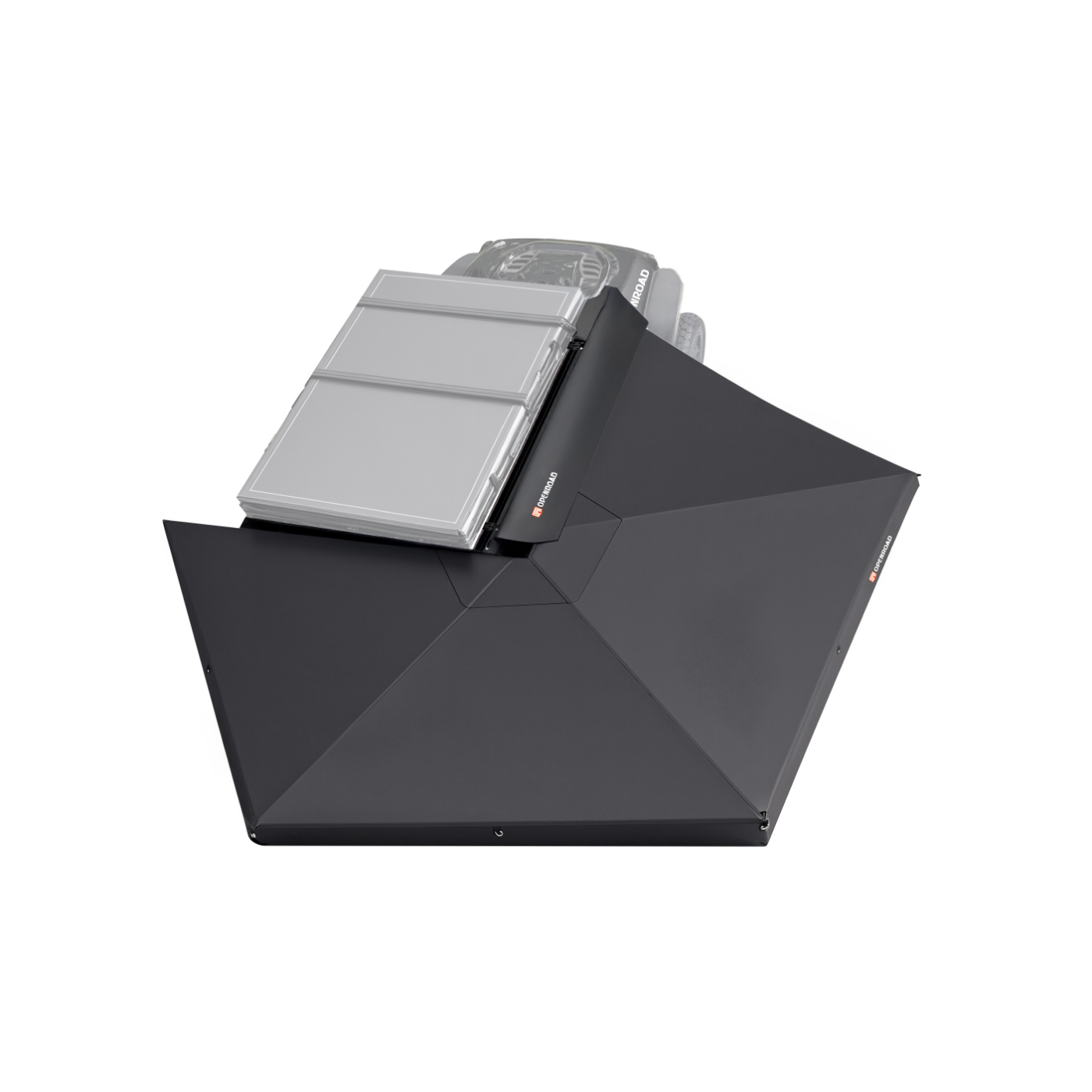

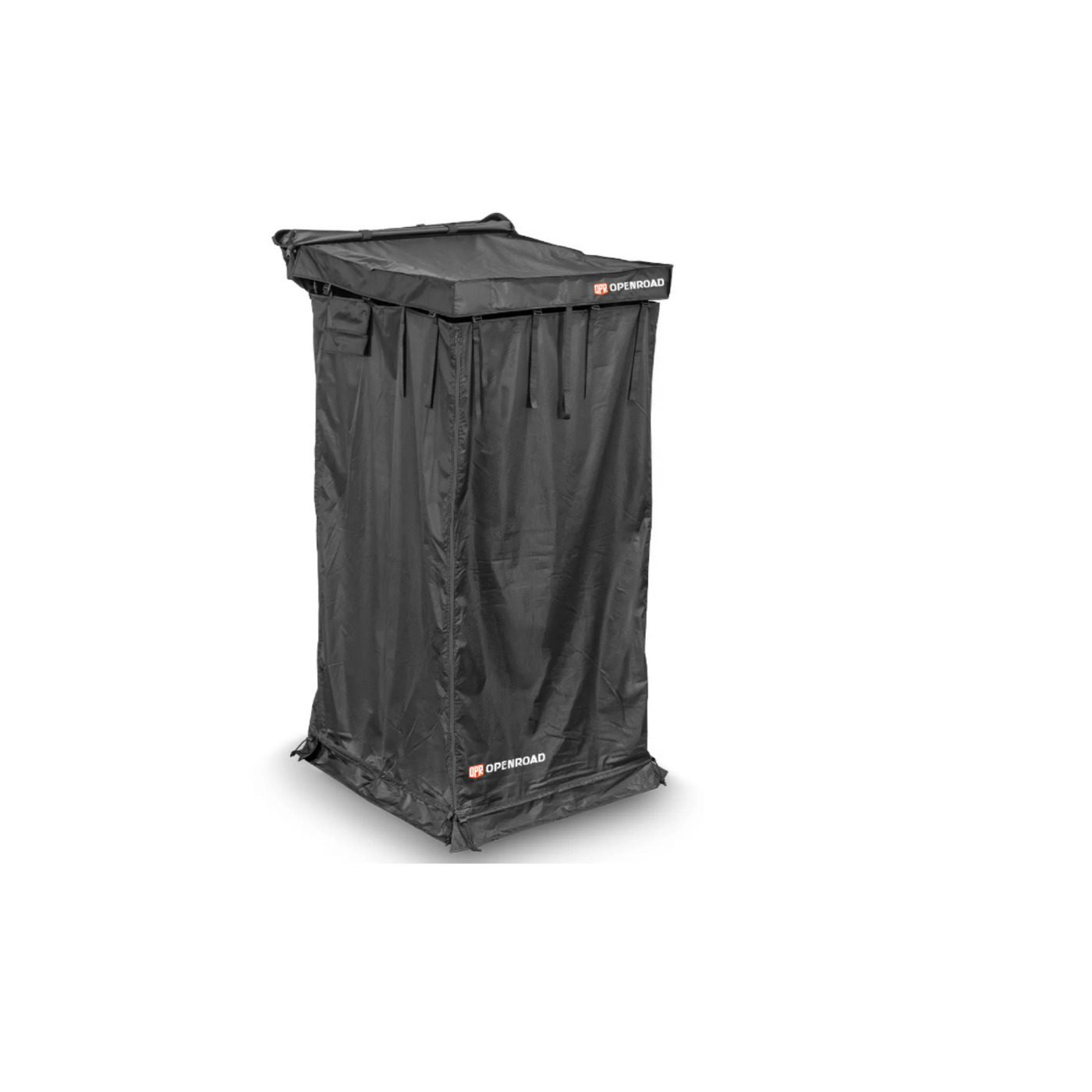
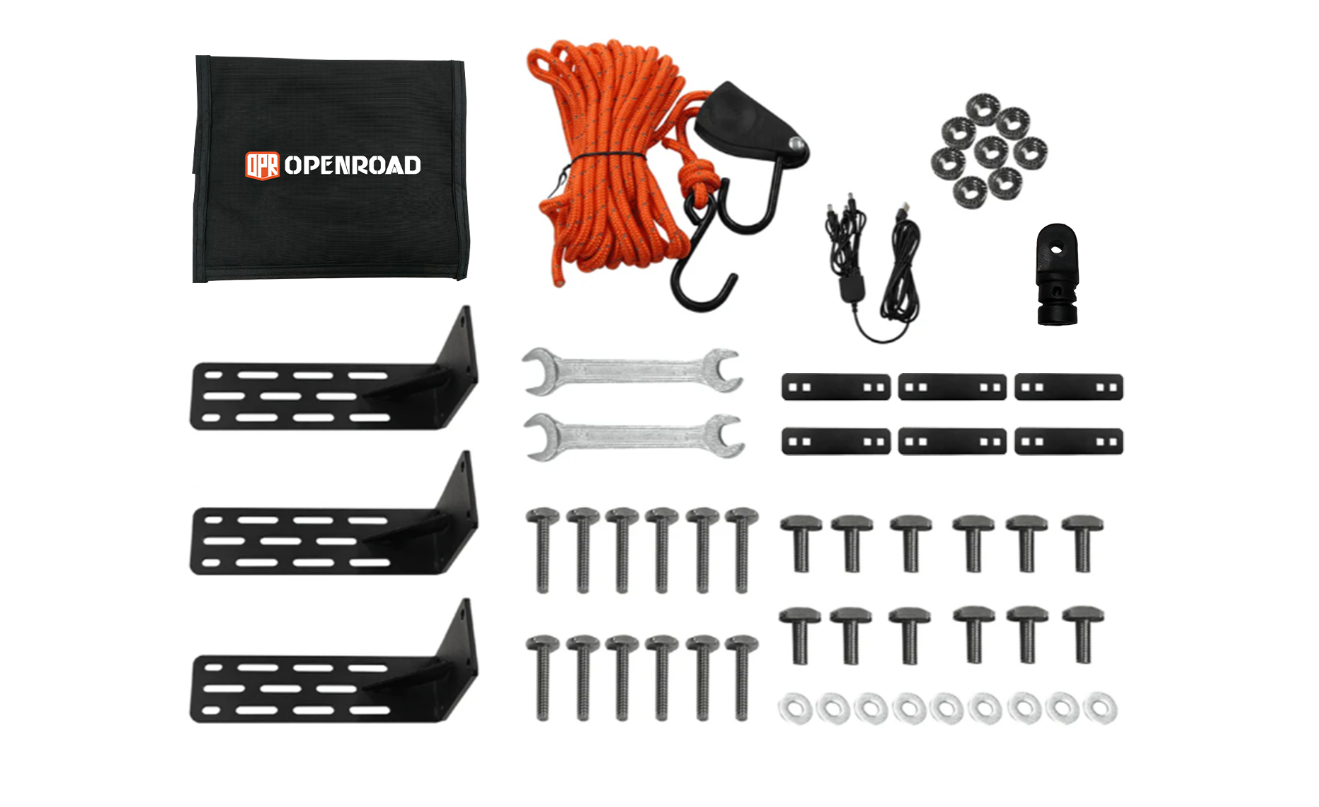
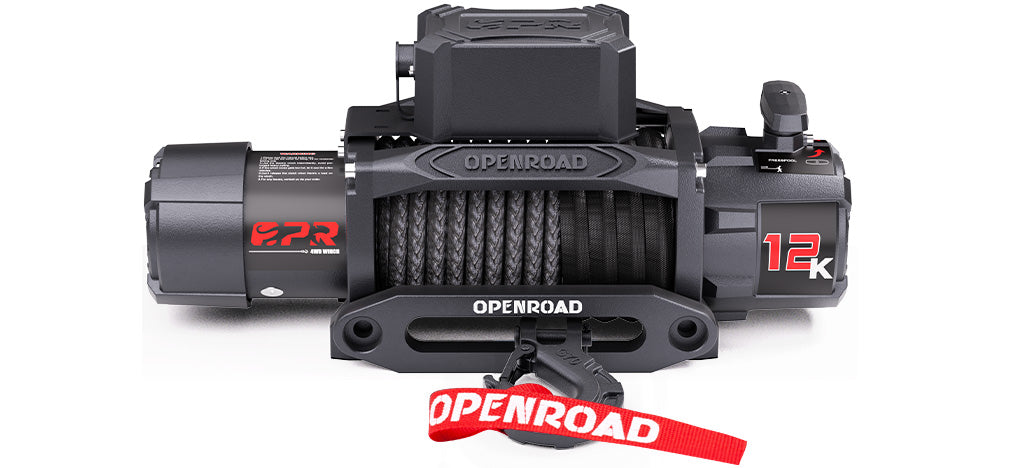
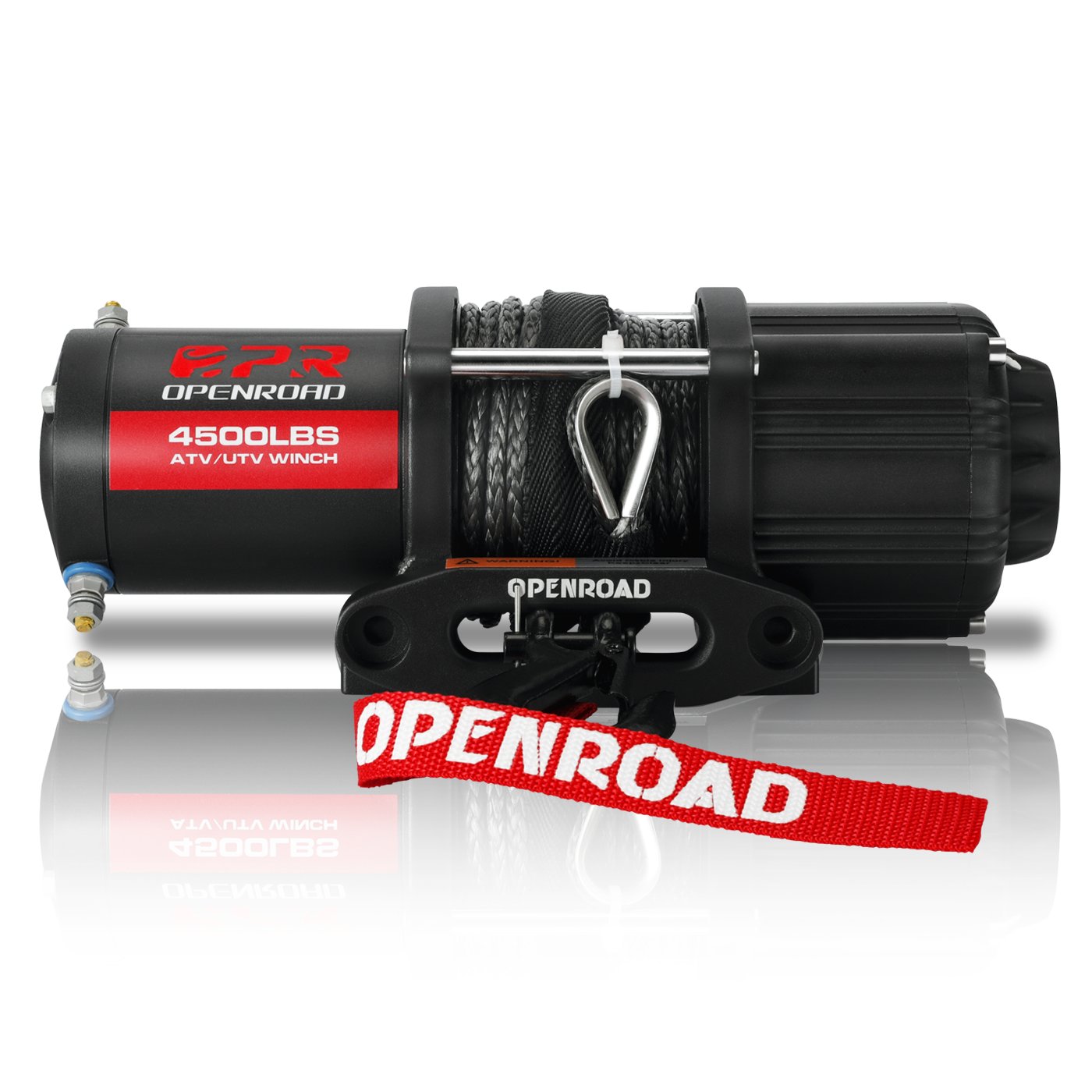
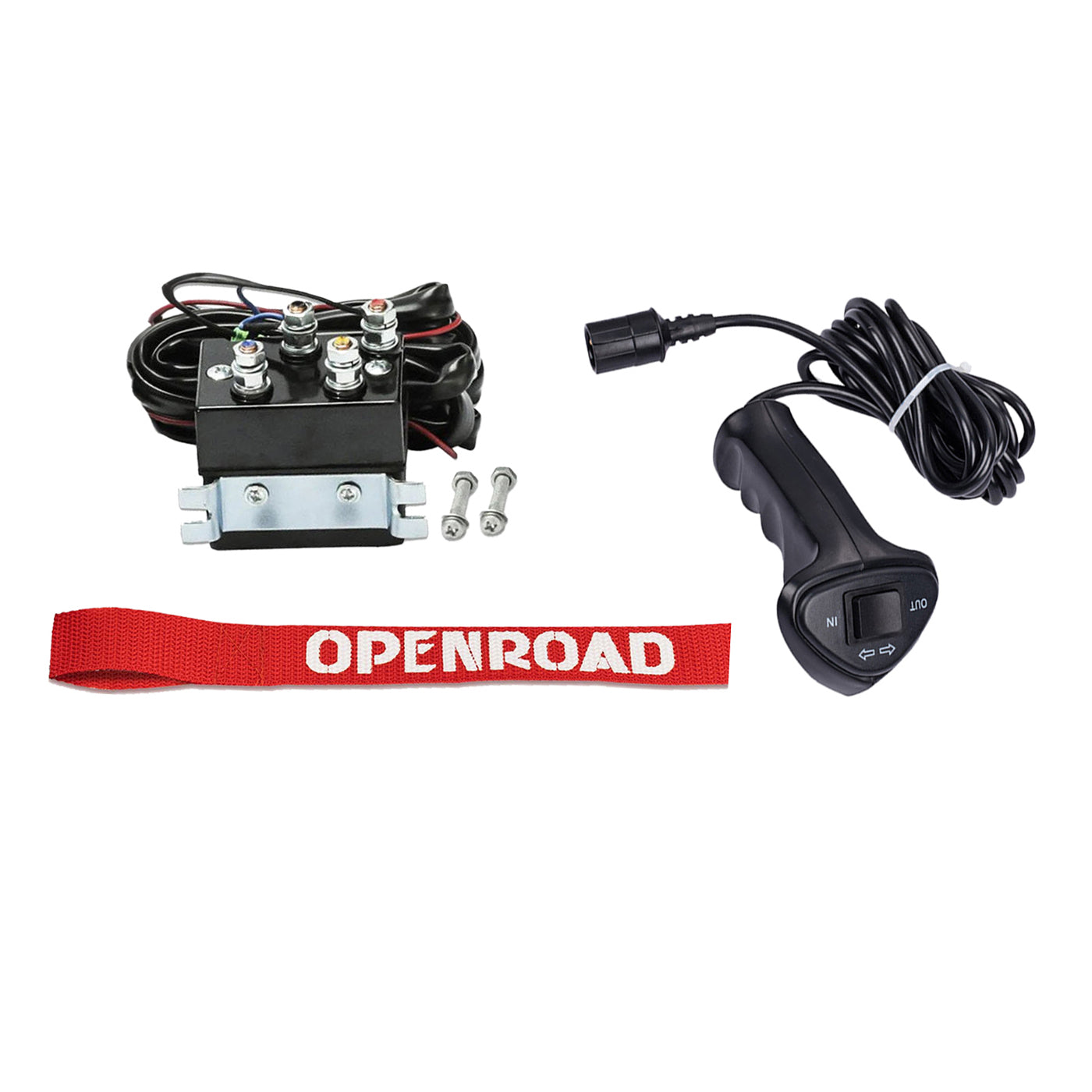

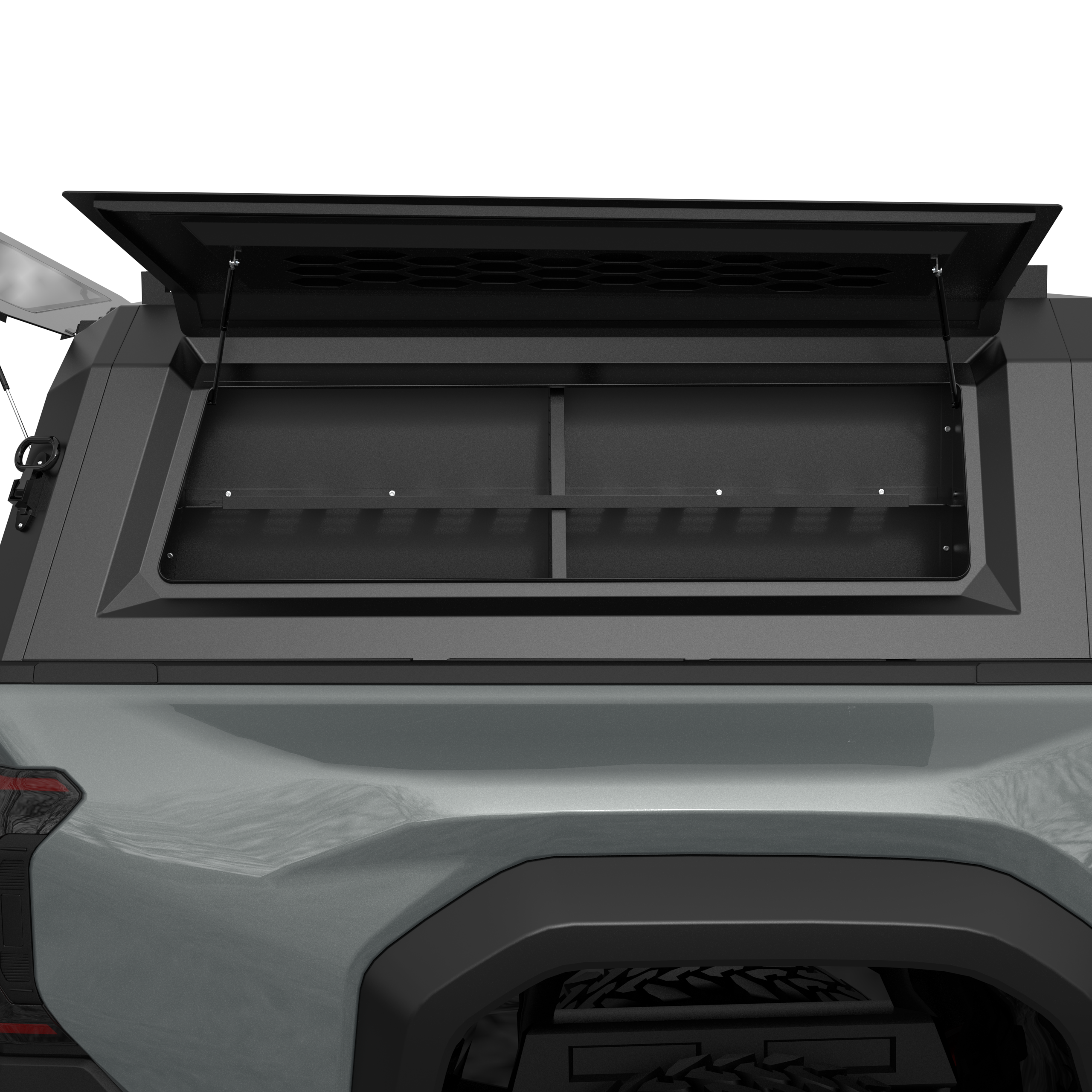
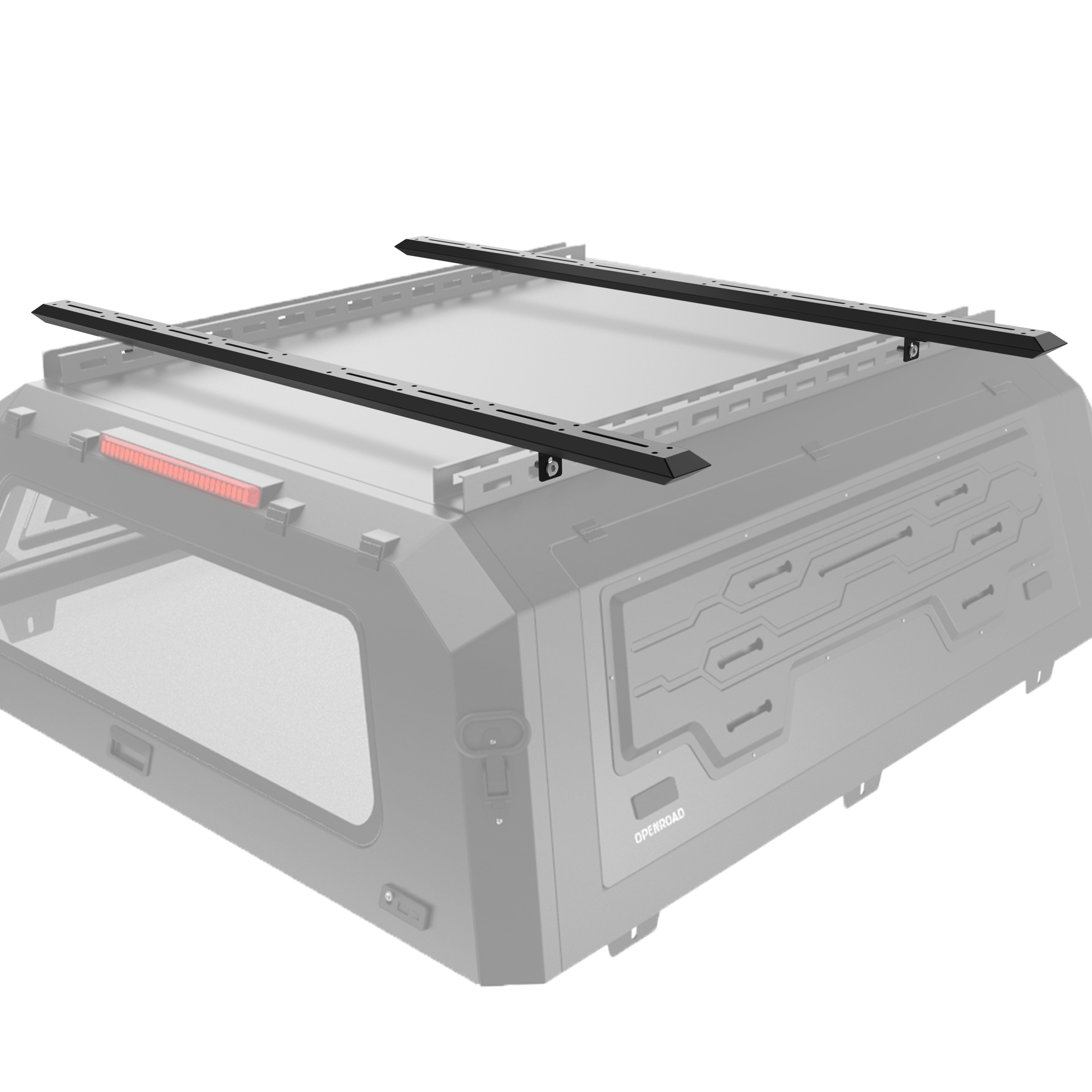
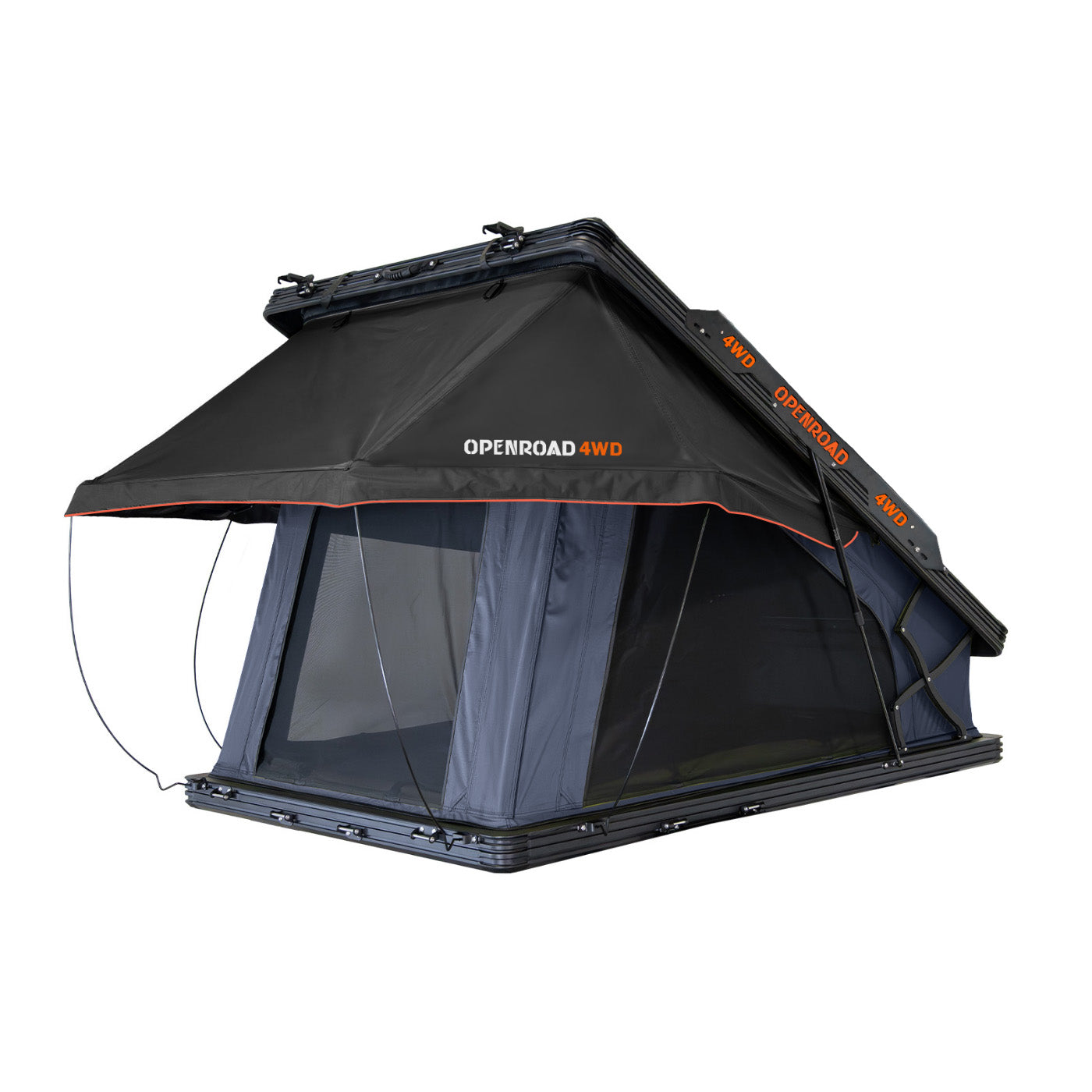
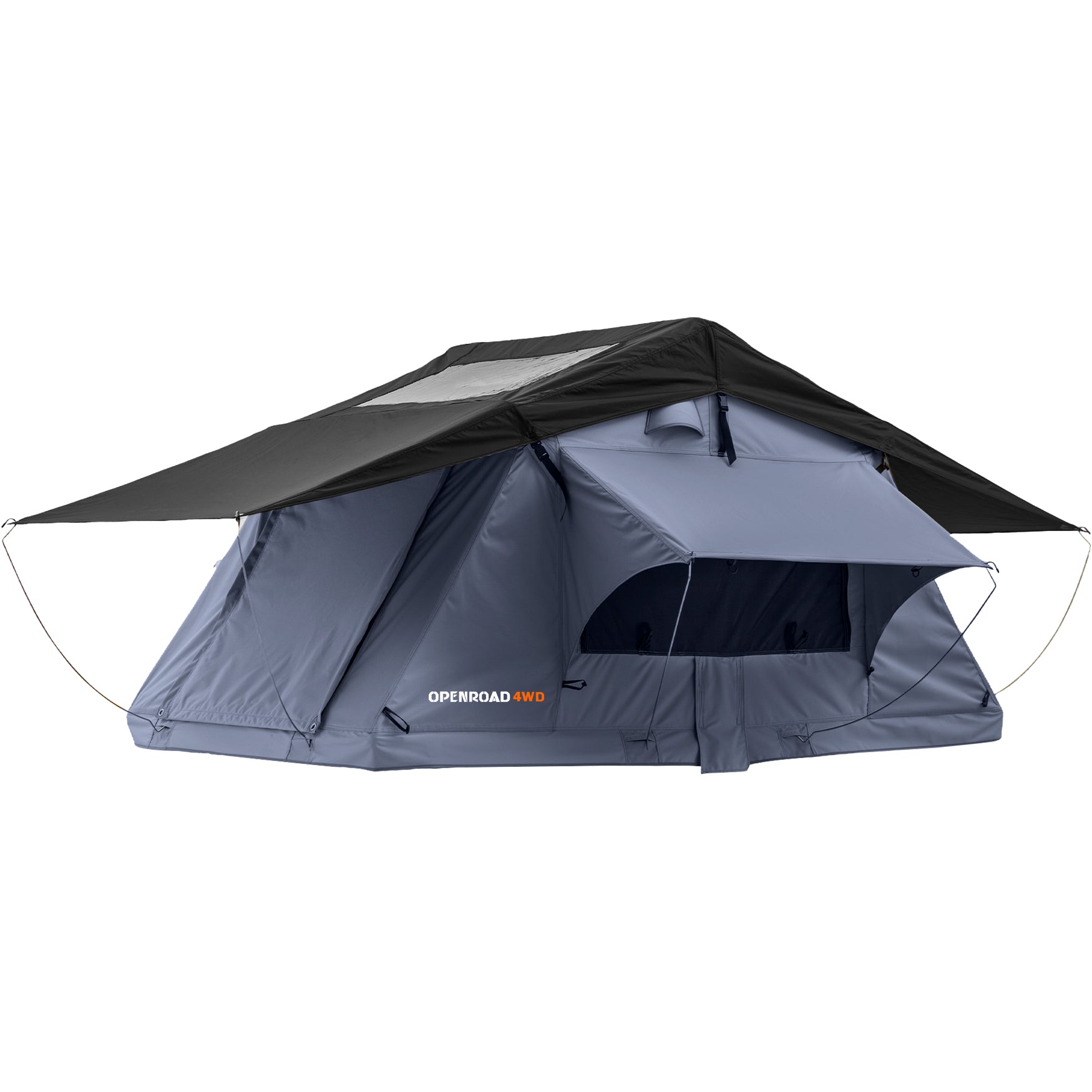

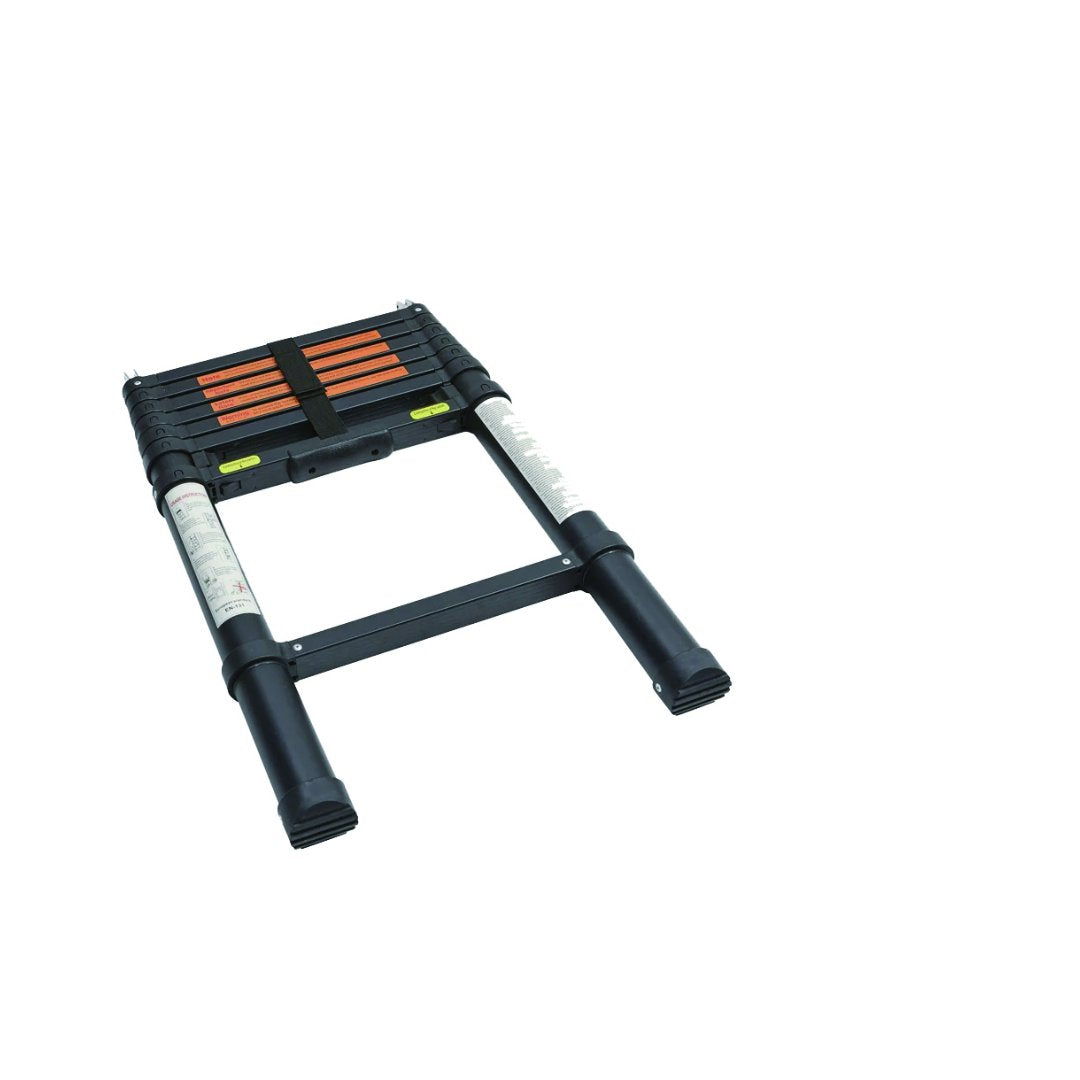
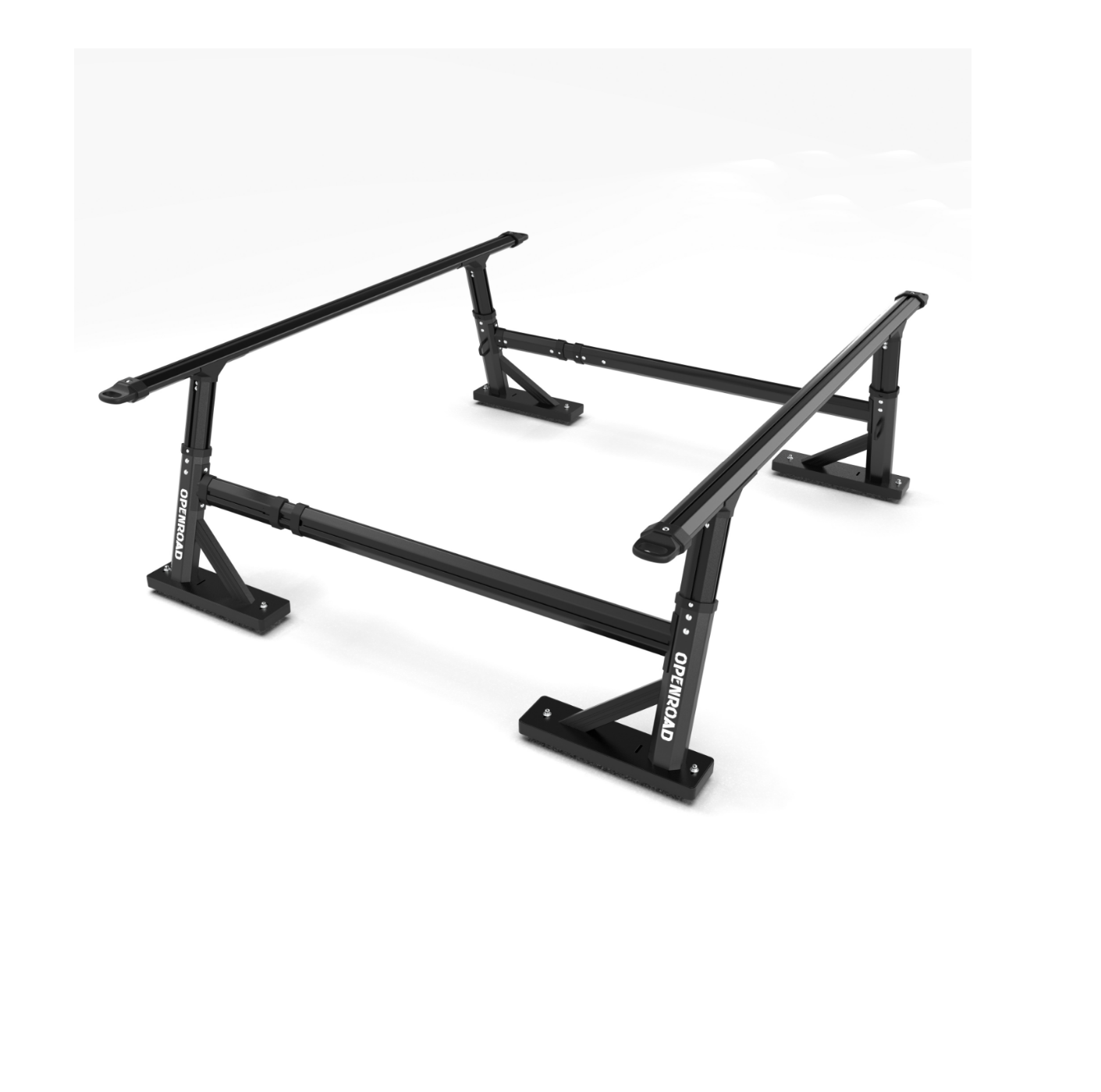
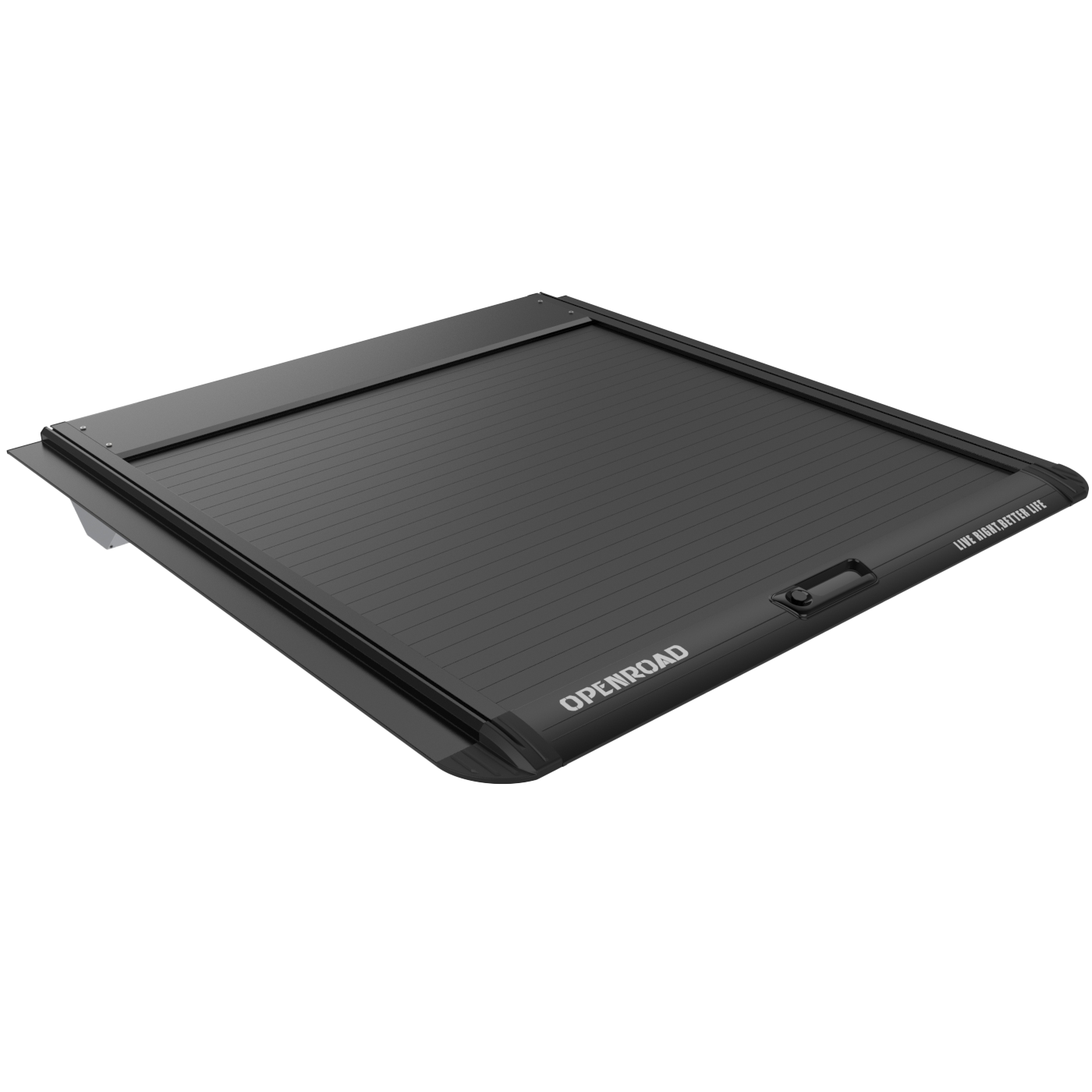
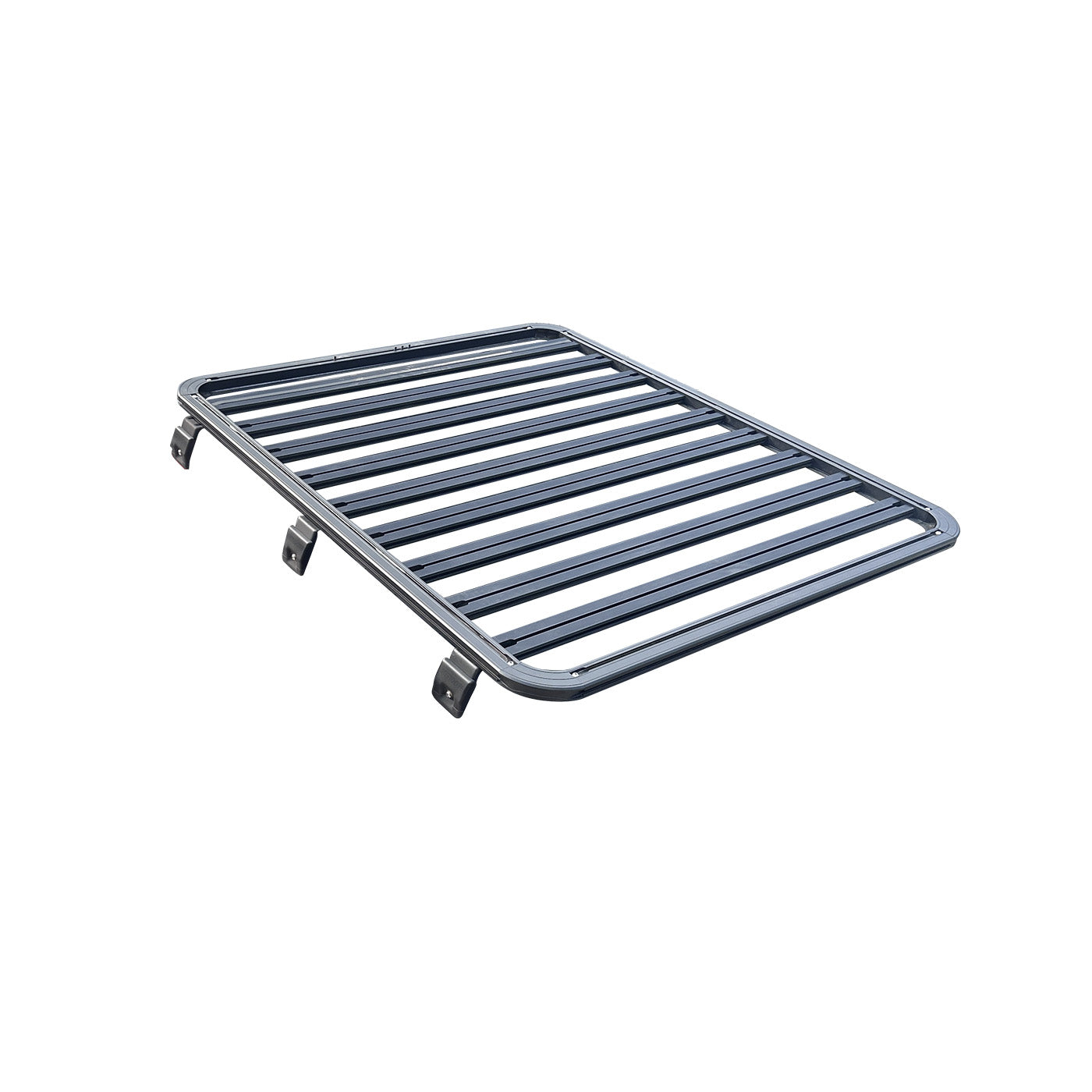

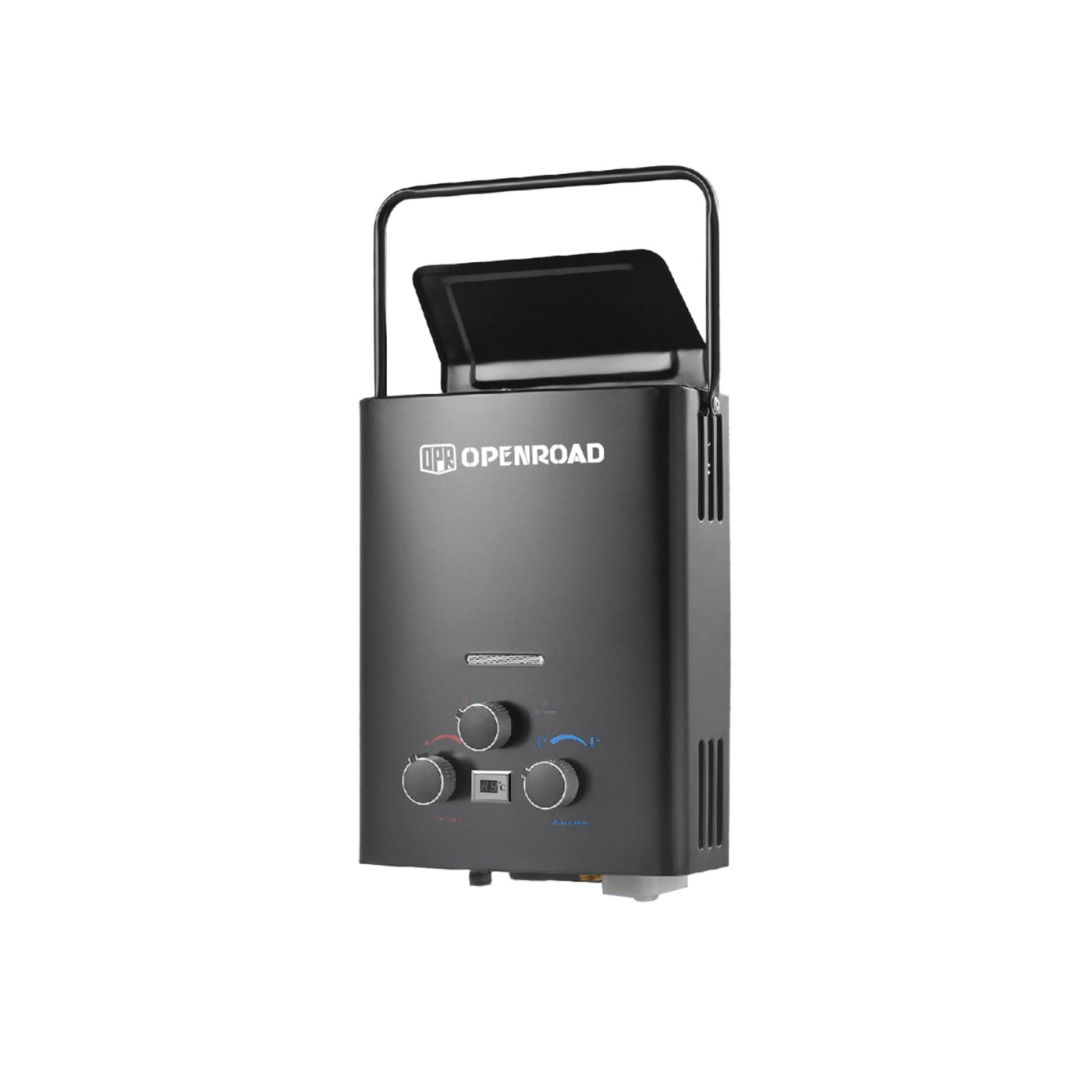
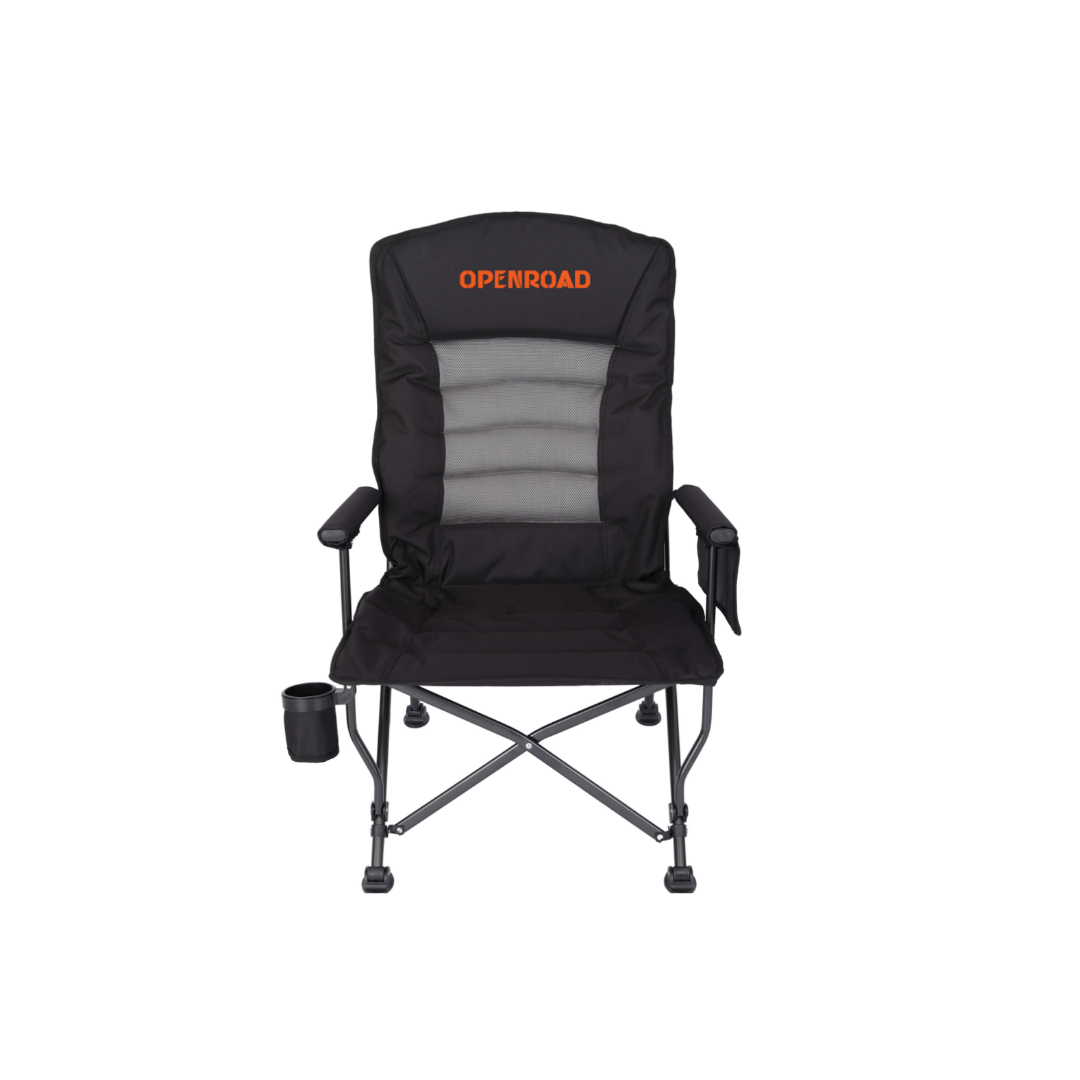
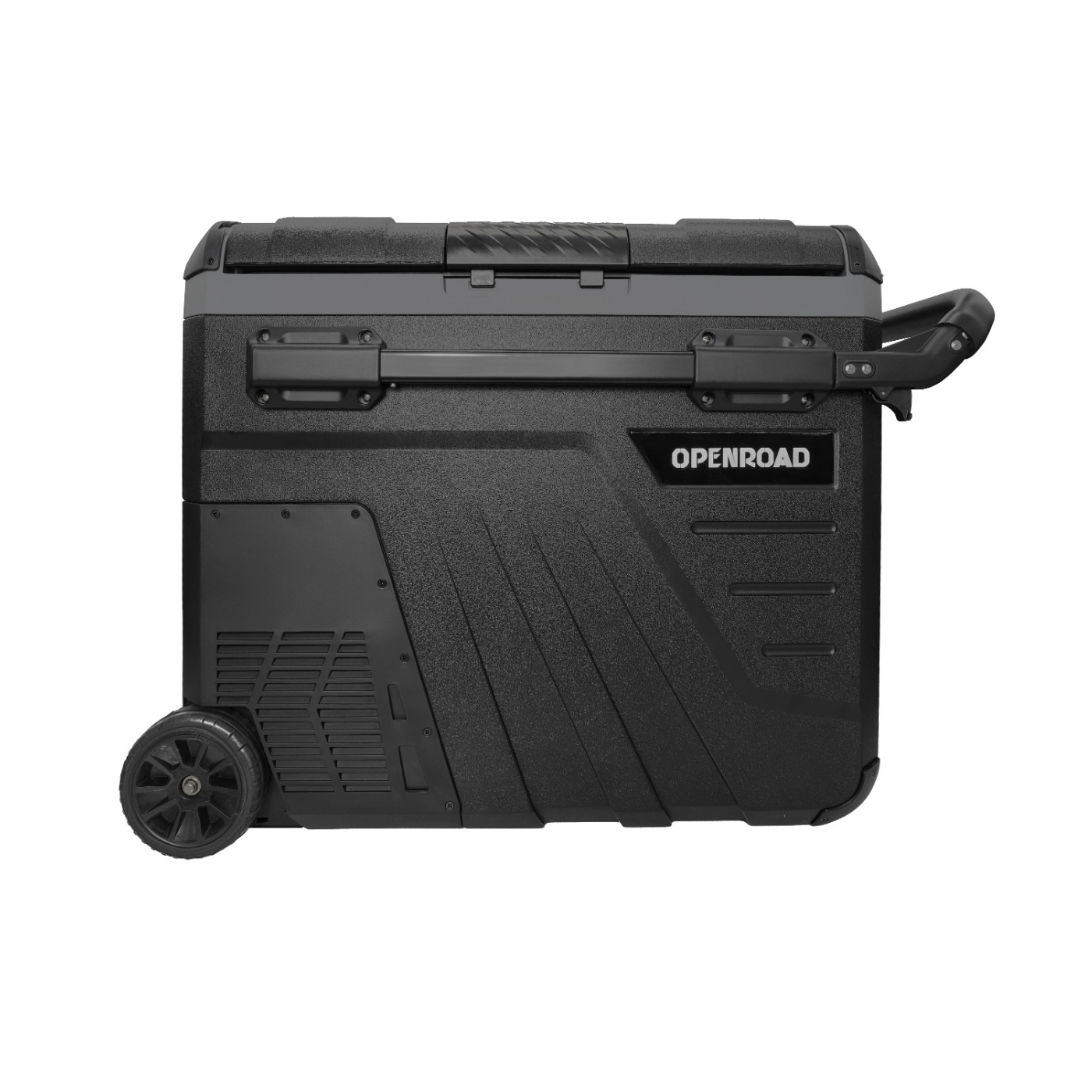
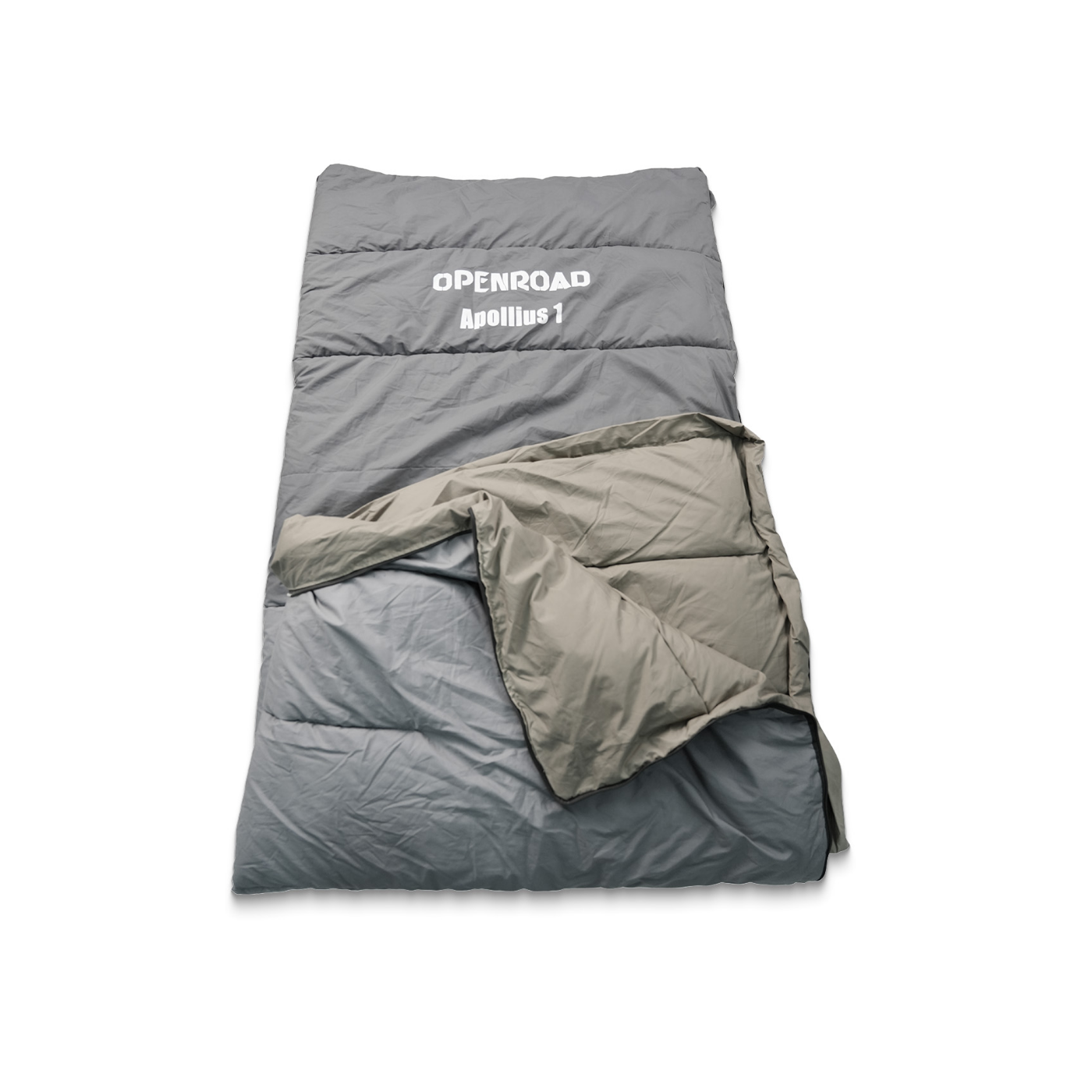
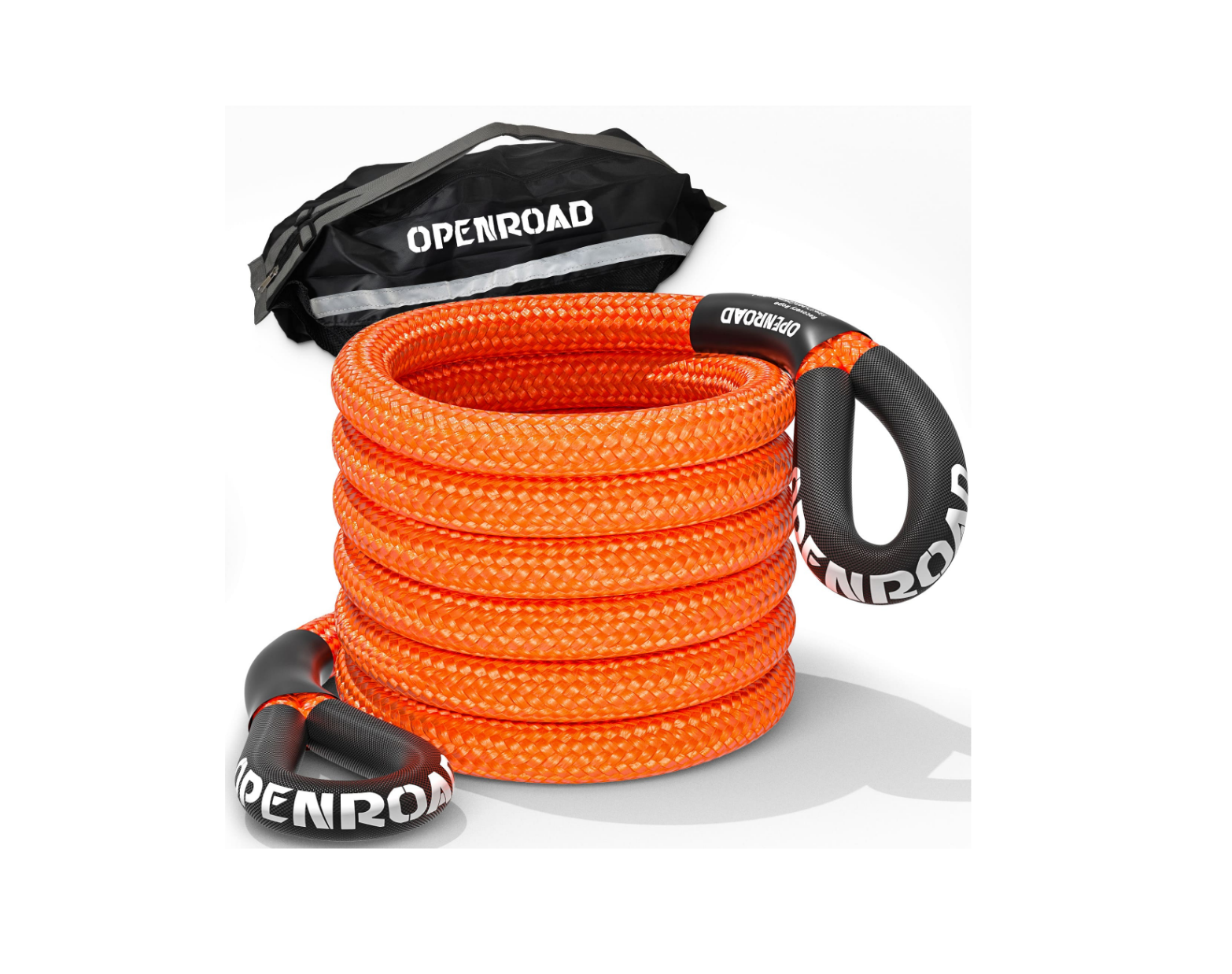
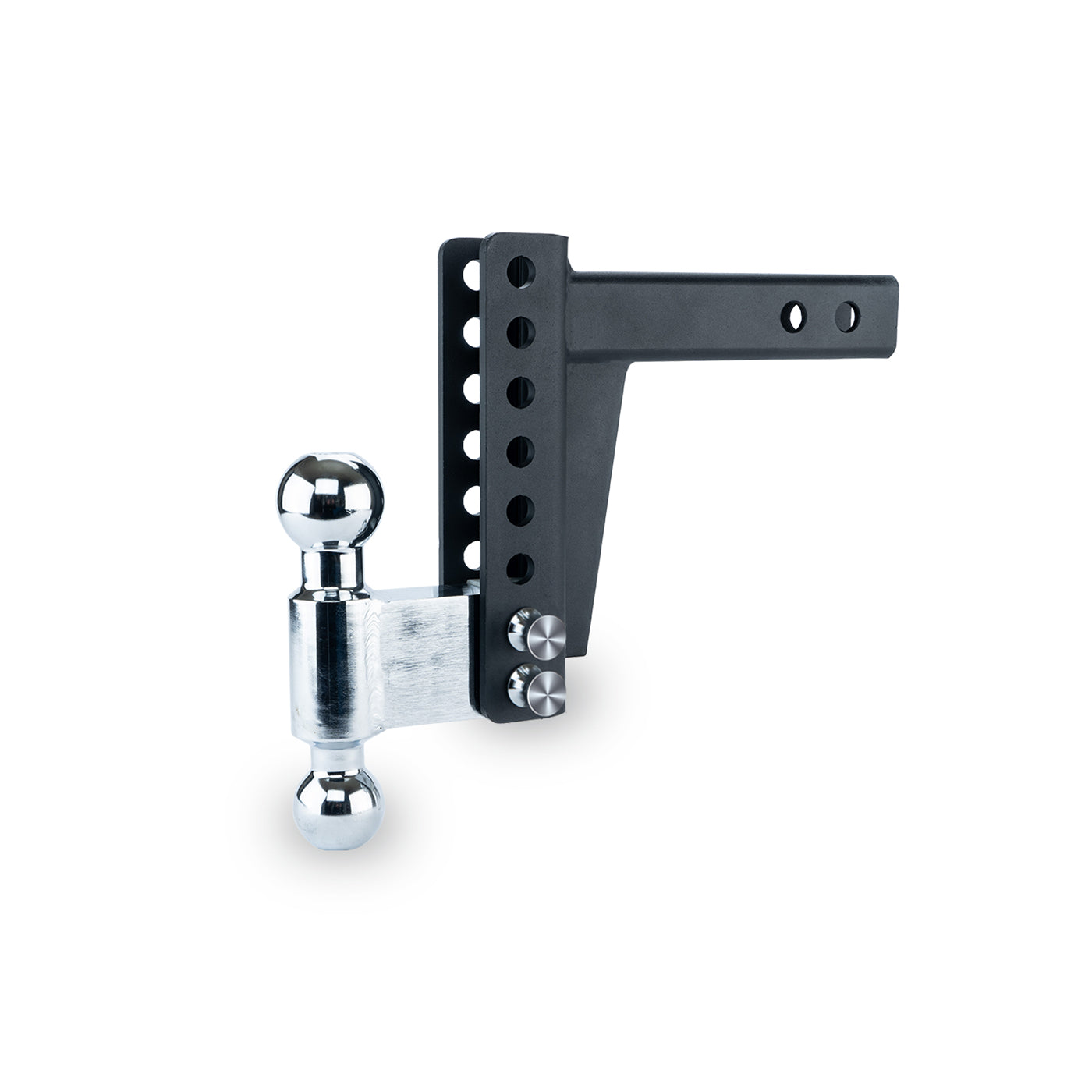







What size circuit breaker should I use with the 13000# winch.
What size circuit breaker should I use with the 13000# winch.
Leave a comment